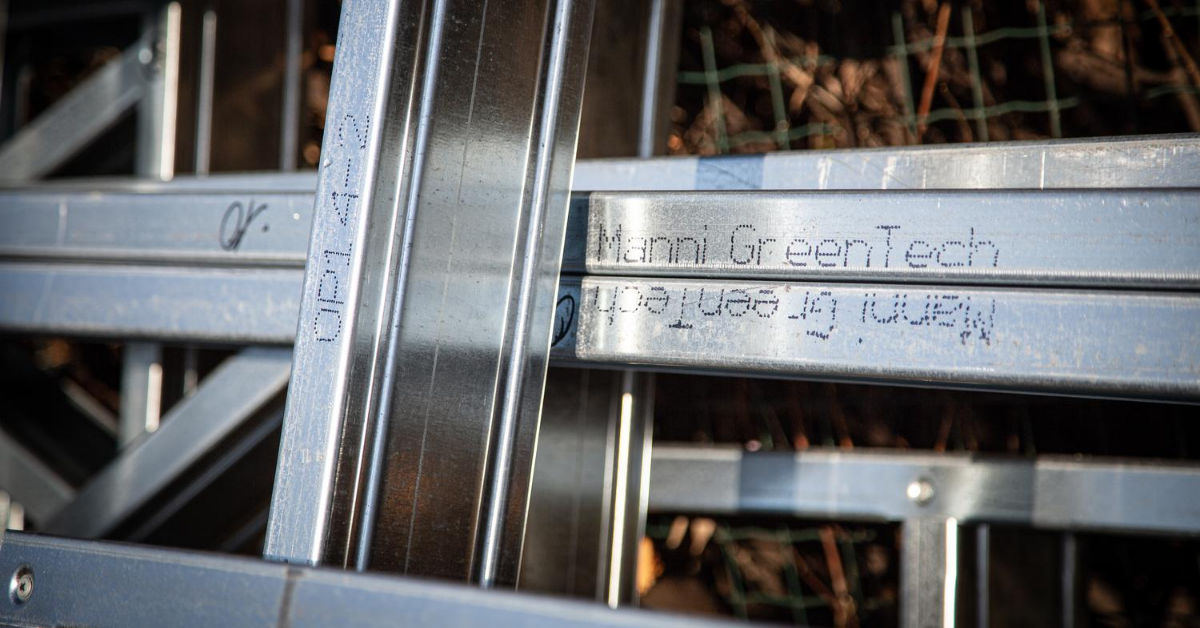When we speak of new and modern construction techniques, we refer to off-site construction, i.e. prefabrication and other modern methods of construction (MMC), which aim to reduce the intensity of processing at the worksite to move it mainly to the factory, thus making for a full reorganisation of technologies and processes, to achieve higher efficiency and quality levels.
The goal of off-site construction is to carry out all activities following a modern industrial process, with lean and circular approaches aiming to minimise waste.
These new and modern processes include processing aiming at consolidating, processing and assembling products at the worksite or, in any case, in adjacent spaces.
One of the main goals of off-site construction is the standardisation of processes in order to optimise the resources used and guarantee optimal and repeatable quality levels.
Why opt for off-site construction?
The answer to this question is the fruit of international studies that were able to bring an important consideration to the fore: constructing buildings by following these processes makes it possible for designers, builders and engineers to respond within the contractually set times for delivery in almost all projects undertaken (96%)
Another important aspect concerns compliance with the budget. Usually, traditional construction complies with the budget only half of the time, as there is always an unforeseen factor that causes the forecast expenses to overshoot.
This tends not to happen with off-site technology; 94% of projects comply with the preset budget.
The reduction of costs is notable in off-site construction: approximately 20% compared to traditional technologies.
Moreover, the concept of reliability increases significantly with off-site construction, as each component is checked and certified with significant implications when it comes to maintaining the asset until its demolition. This premise is accompanied by an increase in safety at the worksite, together with a reduction of construction times up to 50%.
The changes that are marking construction: Light Steel Frame, dry construction and green roofs
Nowadays, we speak of sustainable and green construction, precisely because the goal is to build structures with a low energy impact.
In line with the sustainable construction trend, dry systems are another strong trend that is steadily becoming more important and common in the sector.
Dry systems have a very long history: the first pile dwellings, for example, were built using this technique.
From a practical point of view, this is a technique for assembling the building components which deviates from the classic way of using water in favour of a mechanical way of assembling components manufactured in factories and then pre-assembled in specialised workshops, usually near the worksite.
What are the advantages of dry ?
- Optimisation of production and manufacture times;
- Energy savings and lower environmental impact during construction;
- Lightness of the materials used and higher ability to resist earthquakes.
Lastly, the Light Steel Frame technology, which means exactly what its name implies, is a construction type based on the use of cold-press formed steel profiles for the construction of wall panels and floor elements that make up the building’s load-bearing structure.
This technology, however, is not yet used by all designers and builders, because it entails a certain degree of preparation. On this topic, the experts of Manni Green Tech are at your disposal to support you in the design of the structures.
An important aspect of why Light Steel Frame should be introduced as a type of construction is the decrease of buildings’ vulnerability in case of earthquakes.
What are the advantages of the Light Steel Frame system?
The main advantage is surely the lightness of this material. Obviously, there are many other advantages, such as the decrease of processing times when being used, the reduction of production costs, the precision and correspondence between design and implementation, and the possibility of constructing buildings that will last over time.
Moreover, other advantages of Light Steel Frame include: the possibility to build structures with very high thermal and acoustic performances, being resistant to possible earthquakes, very resistant to fire, but, especially, the ability to manufacture building components by following an industrial process that allows for time and resource savings.
A concept that had not yet been taken into account in construction but has now assumed great importance in terms of innovation in the sector.
As you can see, the evolution of construction presents multiple very interesting aspects, from new modern construction techniques to innovative digital systems and technologies. We are certain that soon we’ll hear much more about it.
Off-site construction also includes the concept of Green Roof for the implementation of energy savings and environmental sustainability. This latest building trend is also making a very strong entrance into the world of construction.


